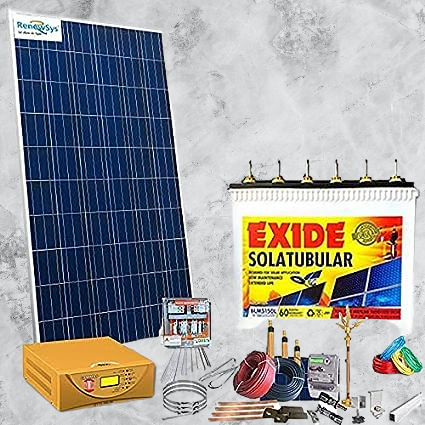The U.S. solar industry’s growth trajectory is incredibly strong
That is the very thing that Michelle Davis, Wood Mackenzie's Head of Worldwide Sunlight based, expressed in an assessment piece distributed on the organization's site as of late, adding that, "inside only a couple of brief years, the business will be routinely introducing 40-50 gigawatts of limit as per our most recent standpoints".
"This is a remarkable accomplishment when you consider the most the business has introduced to date was 25 GW in 2021," Davis said in the piece.
"Throughout the following 10 years, yearly normal development will be 11% and the introduced base of undertakings will duplicate almost multiple times, from 150 GW introduced today to almost 700 GW introduced by 2033," Davis added.
This development addresses a gigantic measure of capital speculation, the Wood Mackenzie agent noted in the piece.
"The present sun powered market addresses about $45 billion in capital uses yearly on sun oriented projects," Davis featured in the Wood Mackenzie assessment article.
"By 2033, that number will practically twofold to $72 billion every year," Davis added.
In the piece, that's what davis noticed, as the U.S. sun oriented industry develops, it will advance to make up the biggest portion of producing limit in the country.
"As per our examination, utility-scale sun based will make up 40% of producing limit in the U.S. by 2050 - and that levels incorporates no conveyed sun oriented serving power load behind-the-meter," Davis said in the piece.
1. Solar Coaster
Davis likewise featured in the article that elevated degrees of development present difficulties.
"The sun based industry has had to deal with its reasonable portion of difficulties - consequently, the 'sun powered napkin' - yet these won't decrease as the business develops bigger," Davis said.
"The most squeezing challenge today is interconnecting an undertaking to the transmission framework. The time it takes for a task to interconnect to the matrix from the date it enters the interconnection line has extended to four years," Davis added.
To look at, this was about two years 10 years prior. Bandwidth has become more restricted as additional tasks have been fabricated, and not very many new transmission lines have been inherent the last ten years," Davis proceeded.
The Wood Mackenzie delegate likewise framed in the piece that there are strategy challenges.
"Appropriated sunlight based projects commonly face difficulties to net energy metering (that is, retail rate remuneration for sun powered creation) as market infiltration expands," Davis said.
"Most states with a ton of dispersed sunlight based (think Hawaii, California, Arizona and Nevada) have moved away from net energy metering, significantly impacting the way that conveyed sun powered gets redressed," Davis added.
2. Opportunities
Davis proceeded to note in the piece that difficulties present new open doors for interest in sun powered and capacity.
"Given these difficulties, there are various open doors for interest in the sun powered tasks of tomorrow, that appear to be unique than they do today," Davis said in the article.
"The best an open door, and maybe the clearest, is to coordinate sun powered projects with capacity considerably more often than is done today. This will assist with restricting low-esteem late morning sun powered trades which are as of now causing ruin on exceptionally infiltrated networks and expanding diminishing (also known as waste)," Davis added.
There are numerous different areas of chance too - framework shaping inverters, more noteworthy entrance of home and building energy the board frameworks, practical income grade meters that empower discount market interest - the rundown goes on," Davis proceeded.
3. USA Solar Capacity
As per BP's most recent factual audit of world energy, which distributed in 2022, introduced photovoltaic power in the U.S. came in at 93.7 GW in 2021.
This obvious a 27.3 percent year on year development rate from the figure of 73.8 GW seen in 2020, the survey featured. Introduced PV power in the U.S. was 59.1 GW in 2019, 49.8 GW in 2018, 41.4 GW in 2017, 33.0 GW in 2016, 21.7 GW in 2015, 16.0 in 2014, 11.8 GW in 2013, 8.1 GW in 2012, and 5.2 GW in 2011, the survey showed.
The country with the most elevated introduced PV power figure in 2021 was China, with 306.4 GW, as per the audit, which uncovered that the U.S. put second generally speaking that year, and that Japan positioned in third spot in 2021 with 74.2 GW.
China took the sunlight based limit best position from Germany back in 2015, creating 43.5 GW at that point, the report showed. It has held the best position from that point onward, the audit illustrated.
All out world sun powered limit in 2021 was 843.1 GW, as per the audit. This undeniable a 19 percent year on year development and a 27.9 percent year on year development from 2011 to 2021, the survey featured.
~3.jpg)
~2.jpg)


%20(31).jpg)
Whats
ReplyDelete